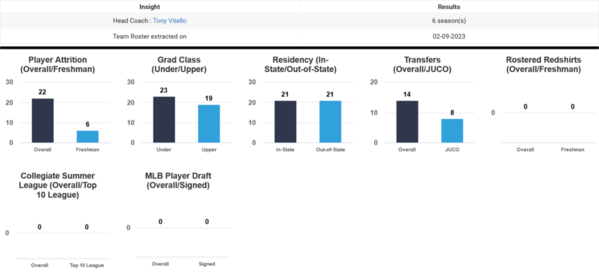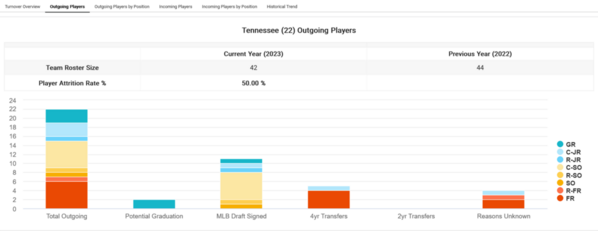The premise: One out of every 5 freshman players starting school in the fall will no longer be in the baseball program in the following spring.
Think that's too high or too low?
(Premise is based on nothing. I just randomly picked a number to start the conversation.)




